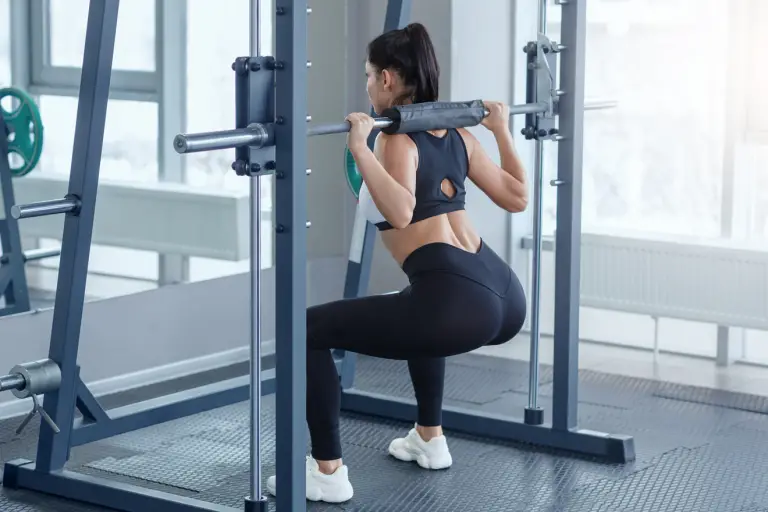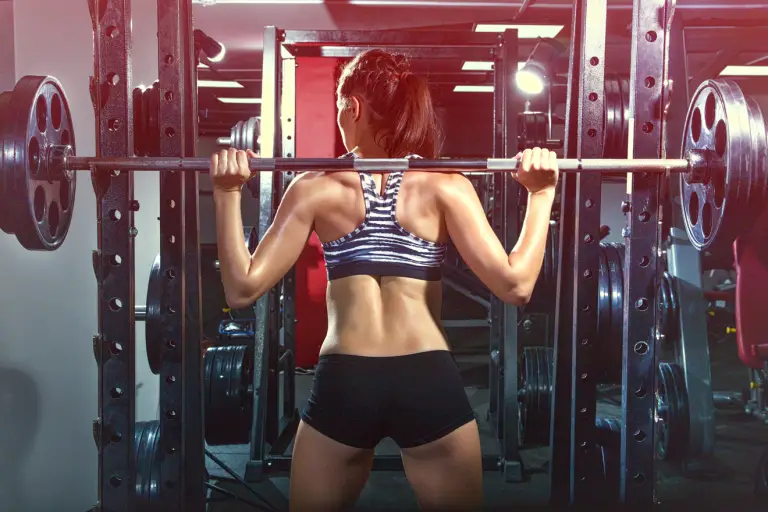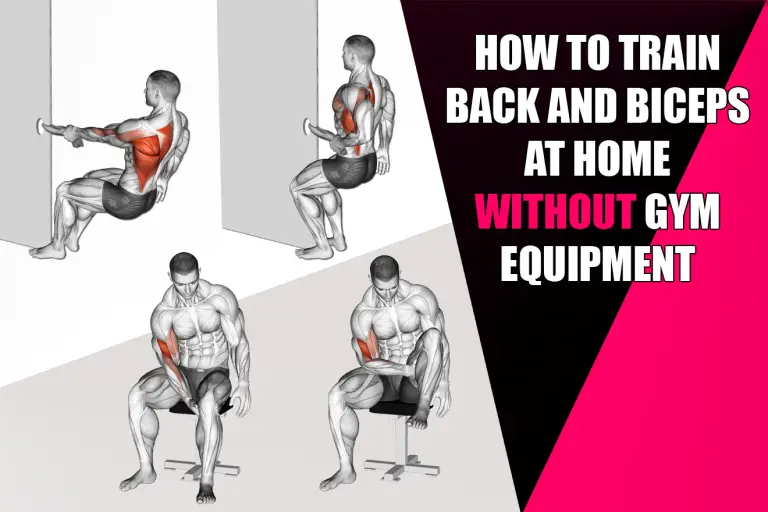Are there exercises you need to include in your workouts?
Over the course of a person’s weight training journey, they will likely change their training program multiple times. While these changes can include adjustments to various training variables and which muscle groups they train each day, complications often occur when deciding which exercises to include or remove from their routine.
These complications arise as a result of believing that there are exercises that must be done in order to maximize progression in the gym. A person who has been barbell squatting for the past three years will likely be tied to the idea that they must keep barbell squatting if they wish to continue growing their legs and gaining strength, even if their current progress has entirely plateaued.
This begs the questions: are there exercises you need to include in your workouts? Or, is forcing yourself to do certain exercises actually limiting your strength and muscle gains?
A misconceived value of the ‘big three’ exercises
Upon first starting out on their weight training journey, nearly every single person is taught the ‘big three’ exercises: barbell squat, barbell bench press, and barbell deadlift. Whether blatantly stated or subtly implied, most new lifters fall under the impression that these three exercises are the most important ones to be doing.
As exercises that recruit many muscle groups and allow a new lifter to progressively overload at a steady pace, the big three are rightfully taught to be effective. However, the excessive attention given to these exercises by novice lifters ingrains in them the notion that they need to be squatting, benching, and deadlifting as part of a well-rounded program.
Although it’s hard to argue against the strength and functional benefits associated with them, none of the big three exercises are particularly great at promoting muscle growth. The reasoning for this is quite simple: these exercises, especially the barbell squat and barbell deadlift, lack stability and often fatigue supportive muscle groups before the primary ones. These two factors can greatly limit the muscle growth stimulus a person can receive, as the individual cannot control the workload of a specific muscle if others fatigue too quickly.
To put it plainly, the barbell bench press, barbell squat, and barbell deadlift are not a requirement in any program designed to maximize muscle growth. In fact, many competitive bodybuilders don’t bother with the barbell squat or barbell deadlift ever, yet they still manage to build the best physiques possible.
With that said, the big three exercises hold many benefits that few other exercises can match. Other than being great for improving functional strength in and out of the gym, these exercises are thought to promote increased secretions of anabolic hormones, likely due to the sheer number of muscle groups that are involved. For this reason, it is still recommended to include these exercises in your training programs when appropriate, even if they’re not necessarily the perfect choices for building muscle.
How to decide if an exercise is required in your routine
Does the exercise match your goals?
When deciding whether an exercise is mandatory to include in your program, you must first assess your own goals. For example, if your goal is to get stronger in a certain movement pattern, such as lifting heavy objects off the ground, then you absolutely need to include exercises that will mimic that motion, such as:
However, if your goal is just to strengthen your lower back, any exercise that targets the lower back muscles will suffice. This would include such exercises as:
- Barbell deadlift
- Hyperextension
- Barbell good morning
- Barbell rack pull
- Barbell Romanian deadlift
- Glute-ham raise
Is the exercise still helping you to improve?
When deciding which goal-oriented exercises you want to keep in your workouts, much of it comes down to your own personal preference. However, over time, the adaptations gained from performing a specific exercise can dwindle. Likewise, your own enjoyment of a particular exercise can diminish, making it feel like a chore to complete certain workouts. In these cases, it is highly recommended to swap this exercise for a similar one that will still help you to achieve the goals you’re chasing (such as swapping the dumbbell lateral raise for the cable one-arm lateral raise).
To know when to swap an exercise for an alternative, be mindful of the following signs:
- Your strength has plateaued on the exercise for an extended period of time
- Your overall enjoyment of the exercise is no longer what it used to be
- You don’t ‘feel’ the exercise like you used to; it just feels like you’re going through the motions
If you find yourself feeling this way on all of your exercises, it may be that you’re experiencing some degree of overtraining and are in need of a deload. Check out our past article When, why, and how to deload for more information on how to overcome this challenge.







